
Pumping more energy into a beam of diagnostic ultrasound could produce a better image – and therefore a better diagnosis – but studies at the University of Illinois suggest the risk of ultrasound-induced lung damage is greater than many scientists previously believed.
While there has been no evidence that clinical use of ultrasound has had any adverse effects in humans, safety concerns were raised recently when scientists discovered that diagnostic treatment levels could produce acute lung hemorrhages in laboratory animals.
“The big question is whether human lungs can be damaged by diagnostic ultrasound, and if so, under what exposure conditions,” said William O’Brien Jr., a UI professor of electrical and computer engineering and the director of the Bioacoustics Research Laboratory at the university’s Beckman Institute for Advanced Science and Technology.
In experiments performed on mice, rats, rabbits and pigs, O’Brien and colleagues at the UI found similar patches of lung damage, independent of animal size or species. “What’s common in all of these animals is the thickness of the air-blood barrier near the surface of the lung,” said James F. Zachary, a UI professor of veterinary pathology and interim department head of veterinary pathobiology. “This barrier is of similar thickness in humans, also – so people may be just as susceptible to this type of lung damage.” The air-blood barrier – the membrane through which oxygen diffuses in the lung – is very thin, and may be the principal target for ultrasound-induced lung damage.
Acoustic forces, acting on the air-blood barrier, “could initiate a lesion that could grow through alveolar hemorrhage and propagate into deeper lung tissue,” Zachary said. “The lesion would stop growing only when the hemorrhage becomes large enough to effectively dissipate the acoustic energy.” In their work, the researchers found that lung damage appears to be dependent upon ultrasound beamwidth, pulse duration and exposure duration. In an age-dependent study performed on pigs, the researchers also found that older animals were most sensitive to lung damage.
“One possible explanation is that the lung membrane becomes less pliable with age, and rips more easily when exposed to sound waves,” O’Brien said.

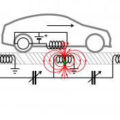

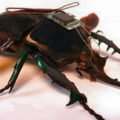




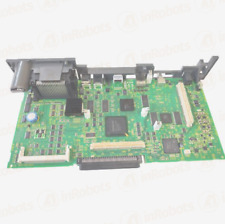
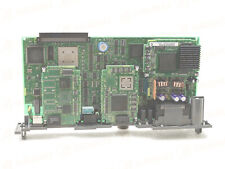

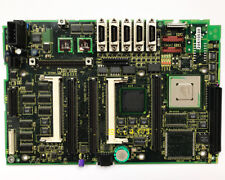



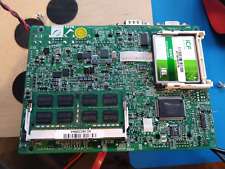
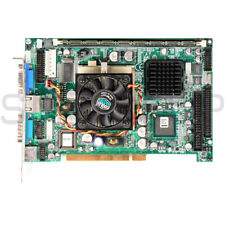

Comments are closed.